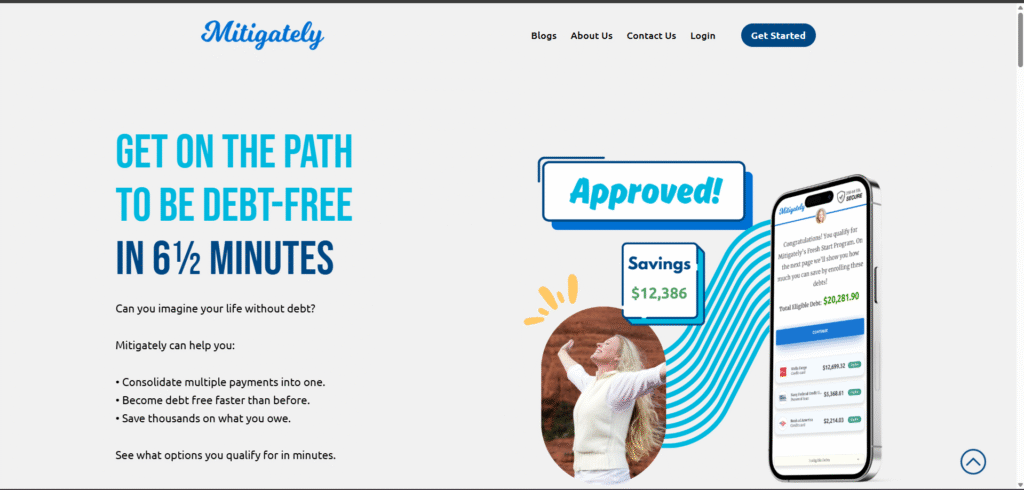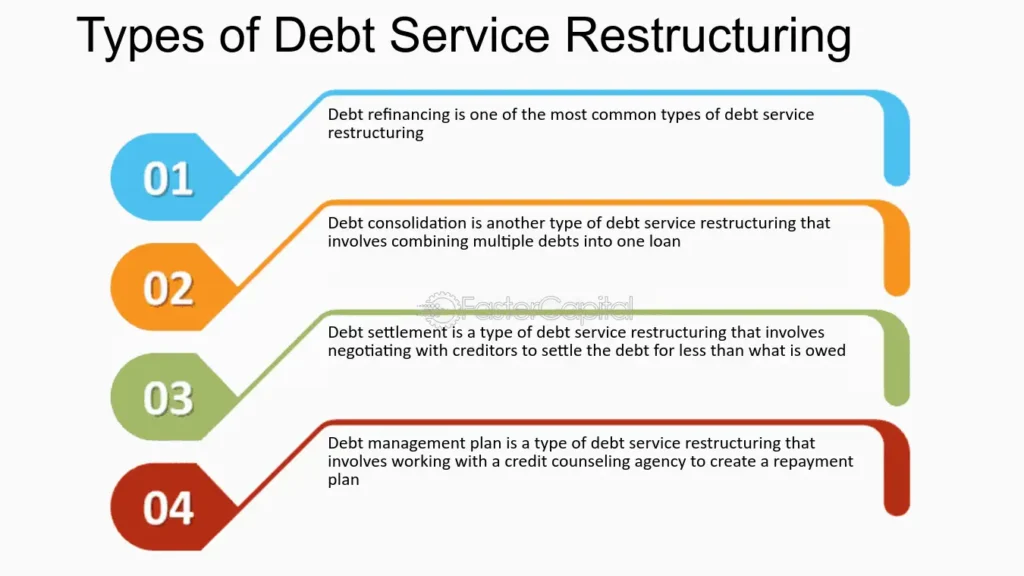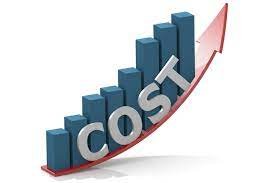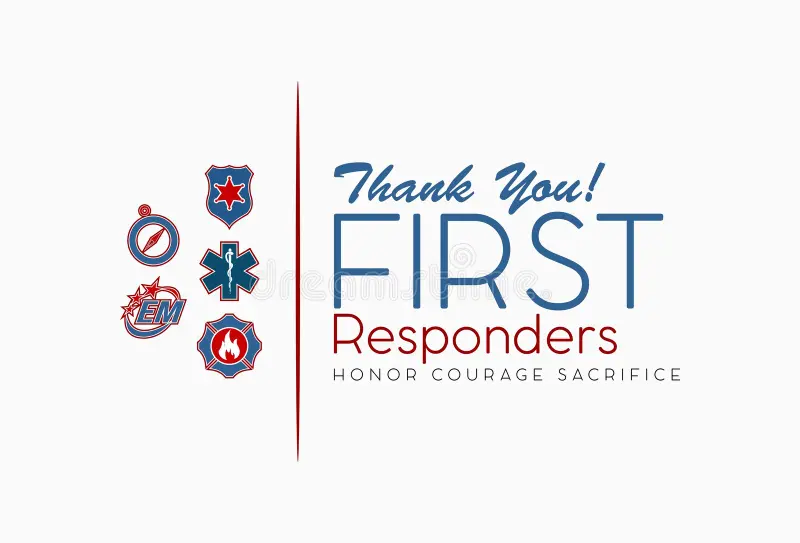1. Eligibility and First Responder Focus
Not every debt relief program is created with first responders in mind. That’s why understanding eligibility is the first step toward becoming a debt free first responder.
Most programs that cater to first responders are designed for professionals such as:
Police officers
Firefighters
EMTs and paramedics
Nurses and other emergency medical personnel
911 dispatchers
Some also extend eligibility to correctional officers, search and rescue teams, and even military veterans in emergency support roles. It’s important to check if a program explicitly recognizes your role as a first responder, as this may impact the kind of support or benefits you receive.
Programs tailored for first responders often come with specialized perks—such as lower interest rates, forgiveness plans, or flexible repayment terms—that acknowledge the demanding nature of the job.
Before applying to any program or using a financial tool, verify:
If it’s first responder specific
If proof of employment (like an ID badge or pay stub) is required
Whether your specific job title is covered under their definition.

2. Types of Debt Covered
If you’re a debt free first responder in the making, it’s important to know what types of debt are actually covered by the programs or tools you’re considering. Not all financial solutions apply to every kind of debt, so matching your needs to the right program makes all the difference.
What are the Different Types of Consumer Debt?
- Credit Card Debt
This is often the top priority for many first responders. Debt relief programs frequently offer options like consolidation loans, balance transfers, or negotiation services to reduce interest rates and total balances. - Student Loans
First responders may qualify for federal programs like Public Service Loan Forgiveness (PSLF) or income-driven repayment plans. Some private programs also help manage or refinance student loans with better terms. - Medical Bills
Medical debt is common among first responders due to the physical demands of the job. Many financial services assist in reducing, negotiating, or even forgiving medical-related debt. - Personal Loans
Programs may offer debt consolidation options to combine personal loans with other unsecured debt into a single, more manageable payment. - Auto Loans
Although less commonly targeted, some programs provide strategies for refinancing high-interest auto loans or reducing monthly payments. - Payday Loans or High-Interest Debt
If you’ve taken short-term, high-interest loans, some nonprofit or community-based services focus on helping first responders escape these debt traps.
Choosing a program that covers multiple types of debt can help you make faster, more efficient progress on your journey to becoming a debt free first responder.

3. Costs and Fees
One of the most important factors to consider when choosing a debt relief option is the cost. As a debt free first responder in progress, the last thing you want is to take on more financial stress due to hidden or unexpected fees.
Here are the common types of costs and fees you should look out for:
- Enrollment or Setup Fees
Some companies charge an upfront fee just to get started. Legitimate nonprofit programs may avoid this, but others might ask for a payment before services begin. - Monthly Maintenance Fees
If you’re using a debt management plan or a coaching service, you might be charged a flat monthly fee. These typically range between $25 and $100 depending on the level of service and size of your debt. - Performance-Based Fees
Some settlement services only charge after they’ve successfully reduced your debt. While this sounds appealing, always check the percentage they take—it could range from 15% to 25% of the total debt settled. - Hidden or Extra Charges
Be cautious of fees for things like processing payments, accessing your own account details, or cancelling the service early. These can add up quickly if not disclosed upfront. - Interest Rates (in consolidation loans)
If you opt for a consolidation loan, pay attention to the interest rate. A lower monthly payment doesn’t always mean a better deal if the loan term is extended and costs more over time.
A trustworthy program will be transparent about every cost, helping you stay in control of your journey to becoming a debt free first responder.

4. Success Rate and Proven Results
If your goal is to become a debt free first responder, you need more than promises—you need proof. Before choosing any debt relief program or service, it’s essential to evaluate its success rate and track record with people like you.
- Look for Verified Results
Reputable programs often share real success stories, testimonials, or statistics that show how many clients have reduced or eliminated their debt. If the program has worked for other first responders, that’s a strong indicator it can work for you too. - Ask for the Numbers
Good programs don’t just say they’re effective—they show it. Look for details like:
Average percentage of debt reduced
Typical time to become debt-free
Number of first responders helped
Success rates in settlement or loan forgiveness
- Independent Reviews and Ratings
Check third-party platforms like the Better Business Bureau (BBB), Trustpilot, or Google Reviews for unbiased feedback. Positive reviews from other first responders are a big plus. - Case Studies and Testimonials
Detailed case studies help you understand how someone in a similar financial situation used the program to get out of debt. These stories can also provide motivation and clarity.
Seeing proven results builds trust and gives you the confidence to move forward. As a debt free first responder, you want a program that has already helped others like you succeed.
5. Customer Support and Accessibility
When pursuing the goal to become a debt free first responder, strong customer support and easy accessibility can make all the difference. Managing debt is often stressful, so having reliable help available whenever you need it is essential.
- Dedicated Support for First Responders
Some programs offer specialized support teams who understand the unique challenges first responders face, including irregular schedules and job stress. This personalized approach can help you get tailored advice faster. - Multiple Communication Channels
Look for services that provide several ways to get in touch—phone, email, live chat, or even in-app messaging. 24/7 support or extended hours can be particularly helpful for shift workers. - User-Friendly Platforms
Accessibility also means easy-to-navigate websites or mobile apps where you can track your progress, update information, and communicate with counselors without hassle. - Language and Disability Accessibility
Check if the program offers support in multiple languages or accessibility features for users with disabilities to ensure no one is left behind.
Reliable customer support paired with accessible tools ensures you stay on track with your plan to become a debt free first responder, making the journey smoother and less overwhelming.
6. Flexibility and Personalization
Becoming a debt free first responder requires a plan that fits your unique financial situation and lifestyle. Flexibility and personalization are critical features to look for in any debt relief program or service.
- Customized Debt Repayment Plans
Programs that tailor repayment schedules based on your income, expenses, and debt types help make payments manageable. For first responders with fluctuating overtime or irregular shifts, this flexibility can prevent missed payments. - Adjustable Terms and Goals
Life changes—whether it’s a change in job status, unexpected expenses, or family needs. Personalized programs allow you to adjust your plan as needed without penalties, keeping you on track without added stress. - Individual Financial Coaching
Some services offer one-on-one coaching that takes your personal goals, spending habits, and challenges into account. This guidance helps first responders build a sustainable debt-free future. - Integration with Employer Benefits
Certain programs may work alongside first responder benefits, like union assistance or employer-sponsored financial wellness plans, maximizing your resources.
A flexible, personalized approach empowers you to stick with your debt relief journey and become a confident, debt free first responder without feeling boxed in.
7. Educational Resources and Financial Tools
To become a successful debt free first responder, having access to quality educational resources and financial tools is crucial. These resources help you understand your finances better and make informed decisions on your debt journey.
- Budgeting and Expense Trackers
Many programs offer easy-to-use budgeting tools that help first responders monitor income and expenses, which is especially helpful for those with irregular shifts or overtime pay. - Debt Calculators and Payoff Planners
Interactive calculators show how long it will take to pay off debt based on different payment amounts or interest rates. This empowers first responders to set realistic goals and adjust plans as needed. - Educational Content
Webinars, articles, and video tutorials focused on financial literacy—tailored for first responders—cover topics like managing debt, saving strategies, and retirement planning. - Credit Score Monitoring
Some programs include tools that let you track your credit score and receive tips on improving it, which is vital for maintaining financial health while becoming debt free.
Using these educational resources and tools can fast-track your progress and give you confidence on your path to becoming a debt free first responder.
8. Timeframe to Become Debt Free
One of the biggest questions for any debt free first responder is: How long will it take to become debt free? While the answer varies based on individual circumstances, understanding typical timeframes can help you set realistic expectations and stay motivated.
- Factors Affecting the Timeframe
The total amount of debt, interest rates, monthly payments, and your income all play a role. First responders with fluctuating schedules and overtime may be able to accelerate debt payoff by applying extra earnings strategically. - Typical Time Ranges
Short-term Plans (6-12 months): Ideal for smaller debts or aggressive repayment strategies.
Medium-term Plans (1-3 years): Common for moderate debt levels with steady monthly payments.
Long-term Plans (3-5+ years): Often necessary for larger debts like student loans or multiple credit accounts.
- Importance of Consistency
Sticking to your plan and avoiding new debt are crucial. Many programs for first responders offer regular check-ins to adjust plans and keep you on track toward your goal. - Tools to Track Progress
Many financial programs provide dashboards or apps so you can monitor how much debt you’ve paid off and how much remains, helping keep you motivated throughout the process.
While the exact timeline differs, the commitment to becoming a debt free first responder starts with understanding your unique situation and choosing a plan that fits your lifestyle and goals.
9. Mobile App and Tech Integration
In today’s digital age, technology plays a big role in helping a debt free first responder manage finances more effectively. Mobile apps and tech integration make it easier to track debt, stay on schedule, and access support anytime, anywhere.
- Real-Time Debt Tracking
Many debt relief programs offer mobile apps that update your debt balances, payments, and progress instantly. This helps first responders stay informed, even during busy shifts or on the go. - Payment Reminders and Alerts
Apps often include customizable notifications to remind you when payments are due, helping avoid late fees and keeping your debt payoff plan on track. - Secure Communication Channels
Integrated chat features and secure messaging let first responders ask questions, receive advice, or schedule consultations without needing to call during work hours. - Syncing with Financial Accounts
Some apps allow you to connect bank accounts, credit cards, and loan accounts to provide a full financial picture. This automation reduces manual tracking and improves accuracy. - Educational Content and Tools
Mobile platforms often include access to articles, calculators, and budgeting tools designed specifically for first responders, making financial learning accessible anytime.
For first responders with unpredictable schedules, mobile app and tech integration provide the flexibility and convenience needed to stay committed on the path to becoming a debt free first responder.
10. Community and Peer Support Features
Becoming a debt free first responder isn’t just about numbers—it’s also about having a strong support network. Many debt relief programs now include community and peer support features designed to motivate and guide first responders on their financial journey.
1. Peer Support Groups
Connecting with other first responders who are working to become debt free can provide encouragement, accountability, and shared advice. These groups often meet online or in person, creating a sense of camaraderie.
2. Forums and Discussion Boards
Many programs offer dedicated forums where you can ask questions, share experiences, and learn from others facing similar challenges. This resource is valuable for real-time feedback and practical tips.
3. Mentorship Programs
Some services pair first responders with financial mentors who have successfully paid off debt. These mentors provide personalized guidance and moral support.
4. Challenges and Group Goals
Interactive challenges—such as “30-Day Debt Reduction” or “Savings Streaks”—can make the journey more engaging and help maintain momentum.
Access to a community designed for first responders adds an important human element to the process, helping you stay motivated and connected as you become a confident, debt free first responder.
Conclusion
Becoming a debt free first responder is not just about paying off bills—it’s about gaining control, reducing stress, and building a stronger future for yourself and your family. With the right program, personalized tools, and a supportive community, you can make real progress toward financial freedom.
The journey may take time, but every step counts. Use the resources available, ask questions, and stay consistent. Whether you’re dealing with credit cards, student loans, or unexpected expenses, there is a solution that fits your unique role as a first responder.


